🕖2 min read | Maple CRM for Sales and Service management | www.maplecrm.com
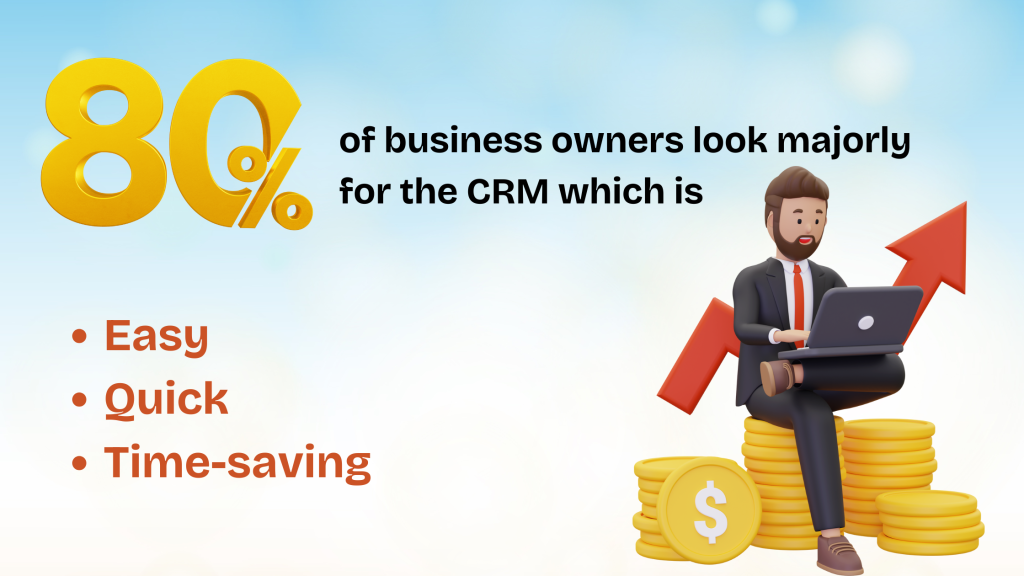
In this blog:
💡 Why is a simple CRM software necessary for a Sales and Service team
💡 Set up CRM in 4 easy steps
💡 5 Best practices to make maximum use of CRM as a resource
When you’re into Sales of a product/service and when we talk about a system aimed towards automating your daily tasks, the system (in better words, ‘software’), takes the load of ‘management’ off your shoulders. It’s natural that you’ll be using the system every moment of the day, for every tiniest of updates.
What if this system is complicated to handle and rather cumbersome? You’d end up NOT using it, right?
A software which should save your time is the one eating up the precious minutes!
A CRM system is one of the classic examples of a platform which is used day in day out by sales executives, back office team, service and customer support executives. Any user-centric CRM provider would agree in unison that a CRM software has to be simple and quickly configurable.
Nobody has time and patience to go through weighty process every single day just to enter a simple sales inquiry detail. If it’s quick and easy, you get the pie!
Why is a simple CRM necessary for Sales and Service Team?
Key reasons are as follows:
- Ease of Use
A simple CRM is intuitive and easy to navigate, requiring less training and reducing the learning curve for users. Employees can quickly get up to speed, which improves adoption rates and saves time. - Faster Implementation
With fewer features to set up and configure, a simple CRM can be deployed much faster. This allows businesses to start using it immediately without a long waiting period for customization or integration. - Lower Costs
Complex CRMs often come with a higher price tag, not only for the software but also for the resources needed for training, support, and maintenance. A simpler CRM typically costs less in both upfront and ongoing expenses. - Focus on Core Needs
Simple CRMs focus on essential functions like contact management, sales tracking, and communication, making it easier to stay aligned with your business goals. Overcomplicated systems with too many features may distract from what really matters or overwhelm users with unnecessary options.
In short, a simple CRM can streamline processes, save costs, and improve overall user experience while keeping things focused on the essentials.
Maple CRM is a perfect example of how simple and user-friendly, yet feature-packed a CRM software can be.
With Maple CRM, you can-
- Set up your entire sales pipeline quickly
- Set up automations and mandatory tasks
- Automate communications with clients
- Derive analytics and performance reports in just 1 click
- Categorize and prioritize inquiries in any way required
Many of the CRM software systems need too many configurations and customizations just to start the operation. Most of them even need a 3rd party intervention to do that.
Imagine! Months worth of efforts just to get an inquiry management system running! While it can be done in just a few minutes in Maple CRM!
Let’s see how exactly is this done:
Step 1:
Add leads – Automatic Capture from online resources as well as bulk upload from Database

With Maple CRM, inquiry management is extremely easy with automation. Inquiries coming from online sources like Meta ads, IndiaMart, JustDial, Website, Google ads- are captured in one single database. Multiple sources, one destination.
If there’s a list of contacts available in your database like Excel or any other spreadsheet, upload them with just 1 click in Maple CRM and take them ahead for follow ups!
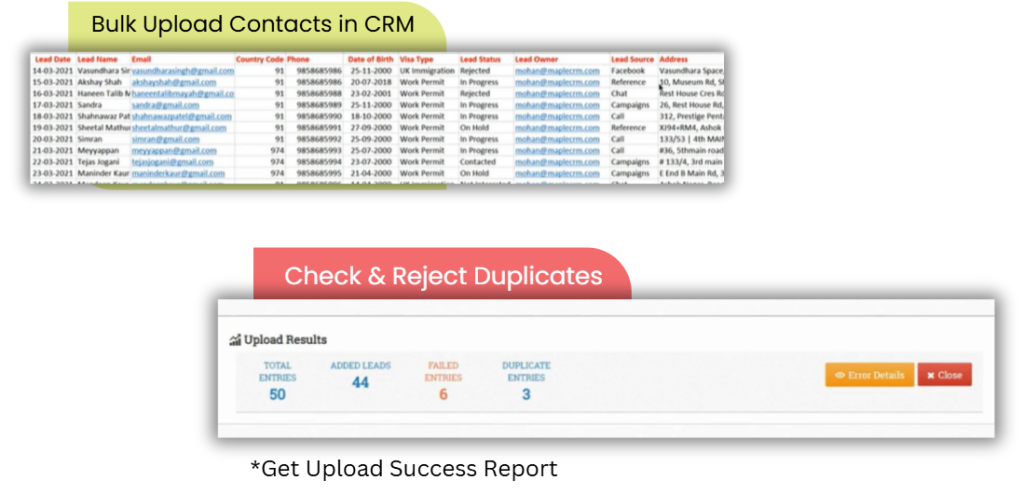

Now that all the leads/inquiries are captured and in the CRM, time to set up your team!
These inquiries can be categorized into custom buckets and prioritized accordingly. Categorization can be done based on Source, Location, Team, Type of Inquiry, Period or any other parameter as suitable.
Step 2:
Set up the team in the form of hierarchies and also configure the access level accordingly.
Teams can be divided into groups based on :
- Location
- Nature of work (Sales Team/Service Team)
- Responsibility (Back office/ Field Sales)
- Industry Catered (example: Govt/Pvt Sector/B2B, etc.)
- Any Custom Definition
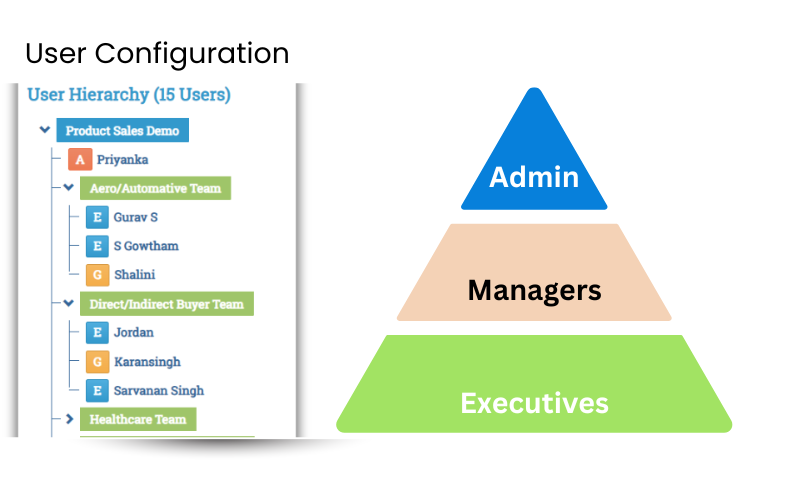
Hierarchies too can be custom defined and teams and respective user details can be configured as per your organization structure.
Step 3:
Automations in workflow and setting up Sales Pipeline
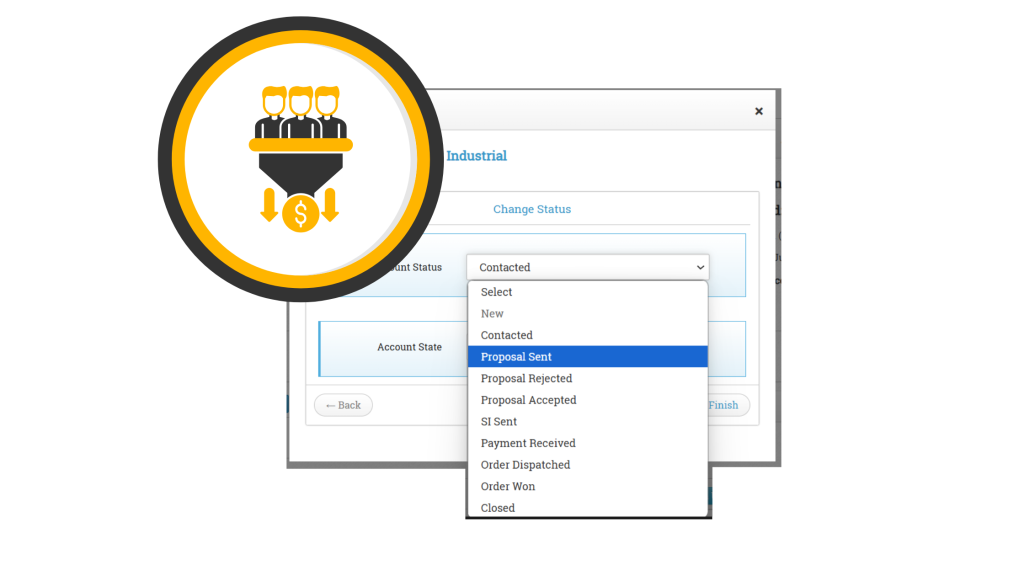
A sales pipeline is a representation of the stages prospects go through in the sales process, from initial contact to closing the deal. It helps sales teams track progress, identify bottlenecks, and forecast revenue more effectively.
With Maple CRM, configure the pipeline exactly the way demanded by your business. Every business has unique pipeline and workflow. Maple CRM can be defined accordingly and the executives are always guided to the next stage as and when the inquiry progresses further.
Communication automation, mandatory tasks and checks can be automated to spring into action on change of each status. Example: If a mail has to be sent to a new inquiry, Maple CRM will send it automatically and immediately. No need of manual intervention!
Step 4:
Start working and Analyze the progress on Dashboard and Reports!
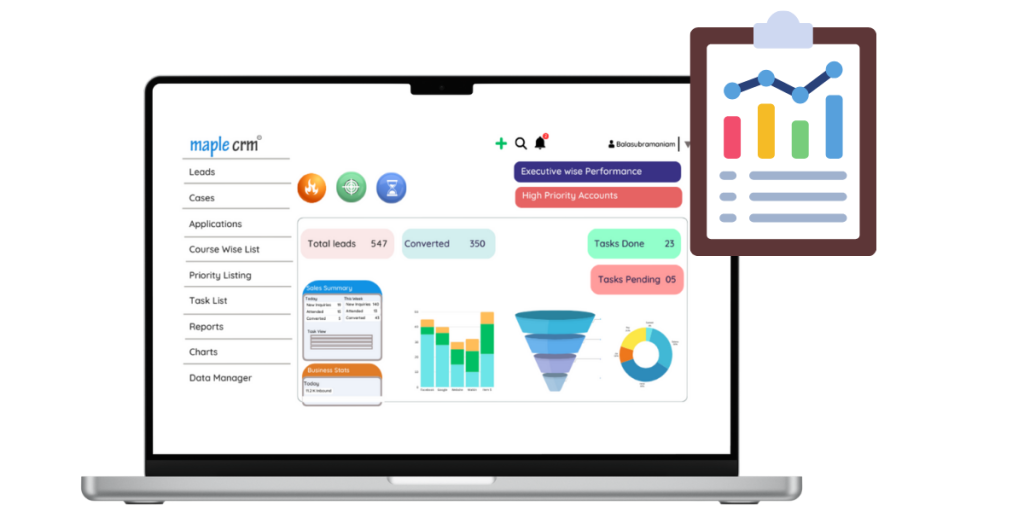
Create custom reports, Dashboard charts and tables as per your business requirement.
Have a unique way of data analysis? Go ahead! Create your own charts in the dashboard. In fact, create multiple Dashboards to have a better grouping!
Custom reports can be built and templates can be created and kept ready for further use.
Reports can be automatically triggered by Maple CRM and can be sent to respective authorities.
Every executive using Maple CRM can create their own dashboards, reports and charts!
All set to start using the CRM in desktop + Mobile App!
Check the video for some more details on how Maple CRM helps create a structured workflow:
5 Best practices to make maximum use of CRM as a resource
With CRM as a handy tool for your sales, service and operations team, why not make the complete use of it and utilize each and every feature to its core, so that the ROI will be better and team productivity can be at its peak!
Let’s look at 5 best practices for using a CRM and making it worth every penny!
Customize the CRM to Fit Your Needs
Tailor the CRM to match your business processes by adjusting fields, stages, and workflows, ensuring it aligns with how your team works for maximum efficiency.
Keep Data Clean and Updated
Regularly update customer information and remove duplicates to maintain accuracy, which ensures your CRM provides reliable insights for decision-making.
Integrate with Other Tools
Sync your CRM with email, marketing platforms, and other tools you use to ensure seamless data flow, saving time and improving collaboration across departments.
Train Your Team Regularly
Ensure everyone is properly trained on how to use the CRM, and provide ongoing support to help them take full advantage of its features and updates.
Monitor and Analyze CRM Data
Use reports and analytics to track performance, identify trends, and optimize processes, allowing you to make data-driven decisions and refine your sales strategies.
Maple CRM provides a robust system for management of the entire workflow- right from lead management, client management, service management and support management to analytics.
Connect with Maple CRM team today and schedule a demo as per your convenient time!
Maple CRM: Sales and Process management software for SMEs.
The most user-friendly and smart software for thriving businesses for an automated workflow which boosts productivity.
info@maplecrm.com | +91 9538

